Could NFT’s Make a Comeback in 2025? Exploring the Market’s Revival
Could NFTs make a comeback in 2025? Absolutely! With advancements in technology, practical applications, and increased corporate adoption, NFTs are poised for a resurgence. They are evolving from speculative assets to functional tools integral to various sectors. This article dives into the current market state, key players, and challenges, offering a comprehensive look at why 2025 could be a pivotal year for NFTs and why the question of whether “could NFT’s make a comeback in 2025” is gaining traction among enthusiasts and investors alike.
Key Takeaways
- The NFT market is projected to reach $48.74 billion in 2025, driven by a shift from speculation to practical utility across various sectors.
- Technological advancements, such as Ethereum’s transition to Proof-of-Stake and integration with AI, are enhancing the functionality and appeal of NFTs.
- Challenges such as regulatory hurdles and public trust issues persist, necessitating strategies to ensure the long-term sustainability and growth of the NFT market.
The Current State of the NFT Market in 2025
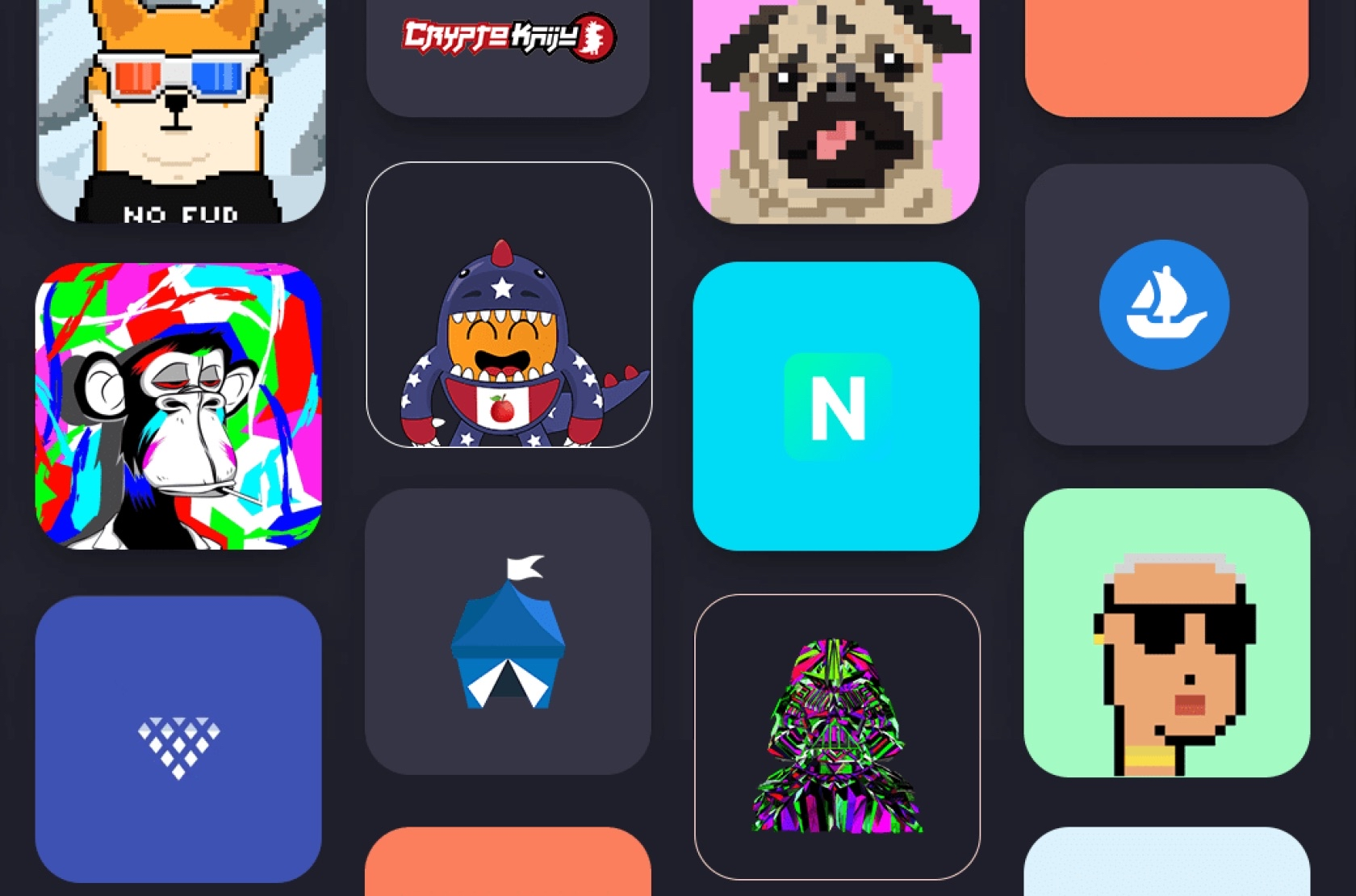
Yes, NFTs are still relevant in 2025. The market has seen a significant shift, transitioning from speculative investments to functional assets with practical utility across various sectors such as gaming, finance, and identity. The NFT market is projected to grow significantly, reaching approximately $48.74 billion in 2025. This growth is backed by strong fundamentals, rising floor prices, and a renewed interest in the NFT space.
The NFT market has also expanded its focus to utility, making NFTs valuable tools in industries like real estate, gaming, music, and intellectual property rights. The total market capitalization experienced a significant increase of 17%, reaching $6.3 billion within a single day, influenced by a 55% rise in Ethereum’s price and heightened trading activity. This indicates a robust demand and a positive outlook for the future of NFTs.
Market Data Insights
Recent market data paints an optimistic picture for NFTs:
- The current market capitalization stands at approximately $6.4 billion.
- The 24-hour trading volume is nearing $40 million, showing a 317% increase recently.
- This renewed interest is driven by a 23% gain in the NFT market.
- Weekly volumes for Bitcoin-native projects have increased by over 400%.
- The global NFT market is projected to grow significantly, aiming for nearly $232 billion by 2030.
- The expected compound annual growth rate (CAGR) is 34.53% until 2034.
However, the market has faced its share of challenges. Fluctuating market conditions in early 2025 led to notable drops in floor prices of various NFT collections. Despite these fluctuations, median earnings from NFT royalties across collections remain around $3, indicating ongoing activity amid challenging conditions.
Ethereum continues to dominate the NFT sales market with $32 million in transactions over a 24-hour period, marking a 339% increase.
Key Players and Collections
The NFT market has seen significant contributions from key players and collections. Notable projects from the 2020-2022 boom, such as CryptoPunks, Bored Ape Yacht Club, and Art Blocks, continue to dominate the headlines. Traditional auction houses like Sotheby’s and Christie’s have also actively participated, lending credibility and attracting high-value transactions to the nft marketplaces and NFT space.
Recent data highlights the performance of key collections:
- CryptoPunks achieved sales exceeding $14 million in a 24-hour period.
- Pudgy Penguins collection saw a 15% increase in floor prices to 16.6 ETH.
- Pudgy Penguins had a daily trading volume of $5.7 million and $3.2 million in sales.
- A notable purchase of 45 CryptoPunk NFTs for approximately $5.87 million acted as a catalyst for the recent market surge.
These collections play a pivotal role in maintaining interest and investment in the NFT market.
Factors Contributing to a Potential Comeback
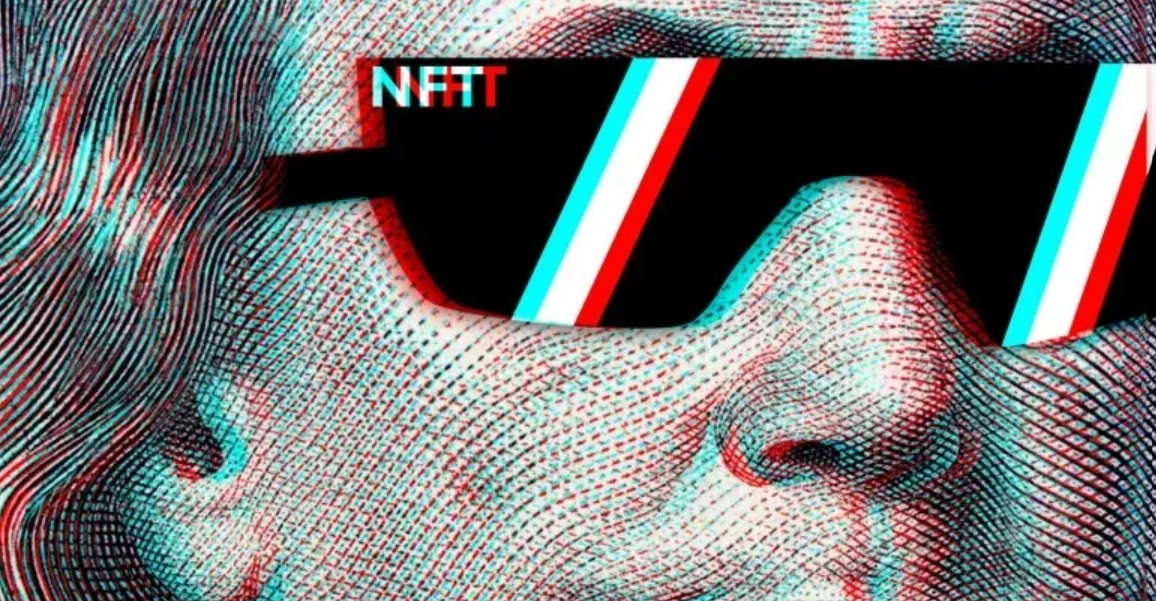
Several factors are contributing to the expected growth and potential NFT resurgence of NFTs in 2025. Enhanced utility, integration with emerging technologies, and growing public trust are key drivers. NFTs are pushing boundaries and expanding their use cases, driving mainstream acceptance and carving out a new space in the digital economy.
New standards such as ERC-6551 and modular chains are driving the evolution of NFTs, enabling more practical applications and interoperability. These advancements are helping non fungible tokens transition from speculative assets to functional digital tools, enhancing their long-term viability and investment potential. Non fungible tokens nfts are becoming increasingly relevant in this landscape.
Technological Advancements
Technological advancements are playing a crucial role in the resurgence of NFTs. The transition of Ethereum to a Proof-of-Stake model has drastically lowered its energy consumption, making NFTs more environmentally friendly. Layer-2 solutions are expected to enhance NFT adoption and usability by improving transaction speeds and reducing costs.
Interoperability is another key advancement, allowing NFTs to move seamlessly across different platforms blockchain platforms. AI is also being used to create dynamic ai generated nfts that evolve based on user interaction, adding a new layer of interactivity and value to digital assets.
These technological innovations are helping NFTs gain traction as practical and valuable tools in the digital economy, as NFT hype suggests that NFTs could play a significant role in this transformation, demonstrating real utility.
Real-World Applications
NFTs are increasingly being used in practical real-world applications, providing real value beyond digital collectibles. In decentralized finance (DeFi), NFTs can be used as collateral for lending purposes, playing a pivotal role in the evolution of DeFi applications. This enhances their long-term investment viability by providing real-world utility.
NFTs are also being utilized in decentralized identity solutions for credential authentication and event ticketing, where they offer benefits such as combating fraud and providing unique digital memorabilia. Emerging projects like Nike’s digital sneakers demonstrate the blending of established brands with the NFT ecosystem, further legitimizing NFTs and enhancing their broader adoption.
Increased Corporate Adoption
Increased corporate adoption is another significant factor driving the NFT market forward. Corporations are approaching the NFT market with strategic and long-term plans, recognizing NFTs as powerful engagement tools to reach their audiences. Brands are utilizing NFTs in access control and loyalty programs to foster customer interaction, enhancing their operations and engagement.
Big tech companies are driving adoption by developing platforms crucial for NFTs, and partnerships with established brands like Nike and Starbucks have legitimized NFTs for the public. This corporate involvement is crucial for the mainstream acceptance and growth of the NFT market.
Challenges NFTs Must Overcome
Despite the optimism, NFTs face several challenges that must be overcome to achieve sustained growth and adoption. Regulatory hurdles, environmental concerns, and public trust issues are the primary obstacles. The lack of differentiation between NFT projects has led to market fatigue and oversaturation, diluting the value of NFTs and making it challenging to maintain interest and investment.
Economic downturns and falling cryptocurrency prices have also negatively impacted NFT investments, causing speculative investment to evaporate amid speculative hype and economic uncertainty. These challenges threaten the sustainability and growth of the NFT market, making it crucial to address them for the future of NFTs.
Regulatory Hurdles
Regulatory hurdles are a significant challenge for NFTs. Governments and compliance frameworks, along with SEC scrutiny, create complexities in navigating the regulatory landscape. Areas of government focus include taxation, intellectual property, and securities laws, making it difficult for NFT platforms to achieve compliance.
However, the SEC’s evolving stance on digital assets indicates potential easing of regulatory pressures for NFTs. Clear and fair regulations are essential for the continued growth and sustainability of the NFT market, ensuring that it operates within legal boundaries and gains public trust.
Environmental Concerns
Environmental concerns are another major challenge for NFTs. The energy consumption of traditional blockchain networks using Proof-of-Work is a significant environmental issue. Efforts to mitigate this impact include the transition of Ethereum to a Proof-of-Stake model, which has drastically reduced energy consumption.
Addressing environmental concerns is crucial for the broader acceptance and sustainability of NFTs. As the digital economy grows, it is essential to adopt energy-efficient technologies and practices to minimize the environmental impact of NFTs and blockchain technology.
Public Trust Issues
Public trust issues have significantly impacted the NFT market. The decline in public interest can be attributed to relentless shilling, scams, and community drama, which have shattered trust in the NFT ecosystem. High-profile scams and art thefts have made it difficult for NFTs to regain public confidence.
To rebuild trust, it is essential to protect against scams by utilizing verified marketplaces, spotting suspicious emails and links, and conducting thorough due diligence on projects and teams. Restoring public trust is vital for the continued growth and adoption of NFTs.
Emerging Trends in the NFT Space
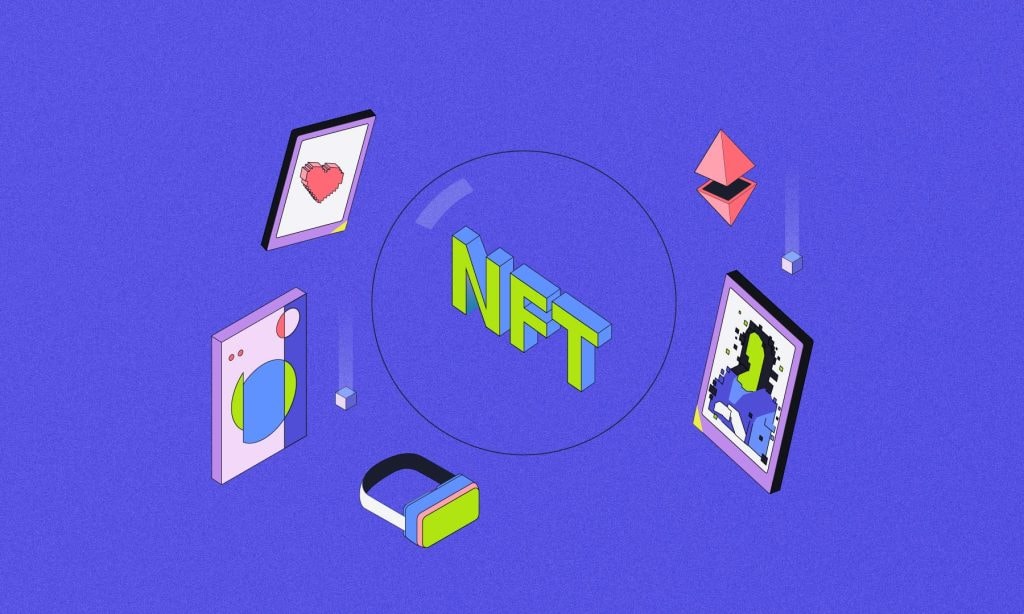
The NFT space is evolving with emerging trends that are shaping its future. The integration of NFTs with emerging technologies like AI, augmented reality, and virtual reality is driving their revival. NFTs stand fundamentally changing the proof of ownership in the digital world, evolving into a core framework for decentralized ownership.
NFT applications are expanding beyond digital art to include:
- Gaming
- Digital identity
- Ticketing
- Decentralized finance
These trends highlight the versatility and potential of NFTs in various sectors, enhancing their value and investment potential.
Integration with the Metaverse
The integration of NFTs with the metaverse is a critical trend in the NFT space. Key points include:
- The metaverse is becoming a crucial platform for NFT transactions and experiences.
- It enhances user engagement.
- It provides new opportunities for brands to connect with their audiences.
- Major brands are entering the NFT space.
- Brands leverage NFTs as tools for customer engagement through loyalty programs.
Corporations are adopting long-term strategies to leverage NFTs, recognizing their potential for enhancing operations and engagement. This integration with the metaverse is driving the growth and mainstream acceptance of NFTs, making them an integral part of the digital world.
Tokenization of Real-World Assets
Tokenization of real-world assets through NFTs is another emerging trend with significant implications. In real estate, NFTs are being used to:
- Establish verifiable ownership records, enhancing trust in property transactions.
- Facilitate fractional ownership, lowering investment barriers in the property market.
- Make transactions more transparent.
NFTs are also being used to digitize ownership of luxury goods, ensuring security and transparency in transactions. The integration of NFTs in verifying ownership and streamlining transactions offers a transformative approach to engaging with real-world assets, enhancing their real-world value. This technology can help prove ownership of these assets effectively, contributing to the concept of digital ownership.
Evolution of Digital Art
The evolution of digital art with the use of NFTs and emerging technologies is a significant trend. Digital artists are using AI to create dynamic, evolving NFTs that adapt based on user interaction, adding a new layer of interactivity and value to nft art. NFTs continue to hold relevance in the digital art world, reflecting ongoing changes in both technology and art creation.
These technological enhancements are likely to shape the future landscape of digital collectibles, promoting innovative art forms and engaging experiences. The evolution of digital art through NFTs is enhancing their appeal and investment potential.
Monetizing NFTs in 2025
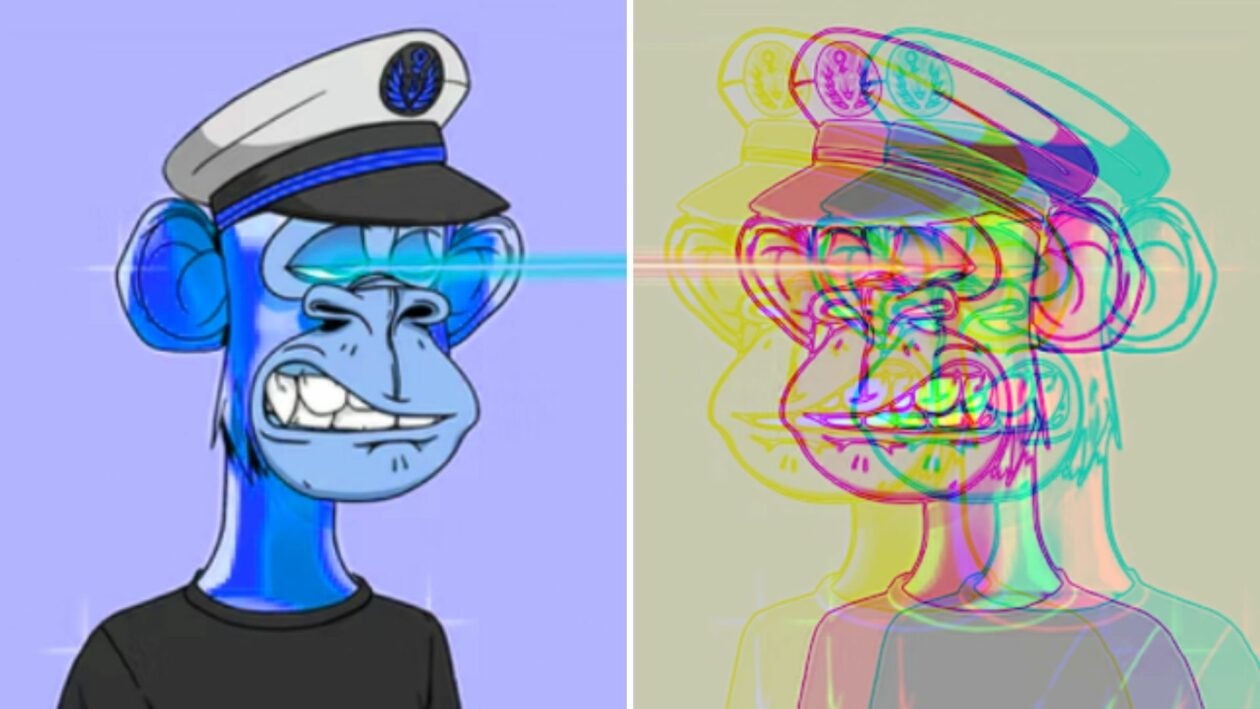
There are still opportunities for profit in the NFT market as of 2025. Traders can profit from NFTs through market and fundamental analysis to buy low or sell high. Common monetization strategies include collecting royalties from sales, trading, and flipping digital assets. Platforms like Blur, OpenSea, and Magic Eden are recommended for NFT trading in markets.
To identify undervalued NFTs, one can research trends in social media and utilize resources like NFTSniff, PolyRare, and MoonRank. Selling personal artistic work as NFTs is a beginner method to enter the market. These strategies highlight the potential for monetizing NFTs and profiting from the market.
Play-to-Earn Gaming
Play-to-earn gaming is a significant avenue for monetizing NFTs. Popular NFT games like World of Dypians, Lumiterra, and Pixudi allow players to earn real-value assets through in-game activities. These games provide an engaging way to earn money while participating in the digital economy, transforming gaming from a leisure activity into a potential source of income.
The play-to-earn model aligns well with the NFT ecosystem, offering players the chance to earn digital collectibles and other rewards. This model has proven to be a good investment for both gamers and developers, driving the growth of the NFT market and providing new opportunities for monetization within the digital landscape.
Staking and Royalties
Staking and royalties are other effective methods for monetizing NFTs. NFT staking involves depositing an NFT into a smart contract to earn rewards, such as additional tokens or other benefits. Common platforms for NFT staking include Zookeeper, MOBOX, and Binance Fan Token Platform. However, this comes with risks such as illiquidity, impermanent loss, smart contract vulnerabilities, and lack of regulatory clarity.
Royalties provide creators with a share of the sale price each time the NFT is resold, offering a continuous income stream. These royalties are typically set during the minting process and can be adjusted later for the entire collection. This mechanism ensures that creators benefit from the ongoing success of their digital assets, making NFTs a viable long-term investment.
Future Prospects for NFTs
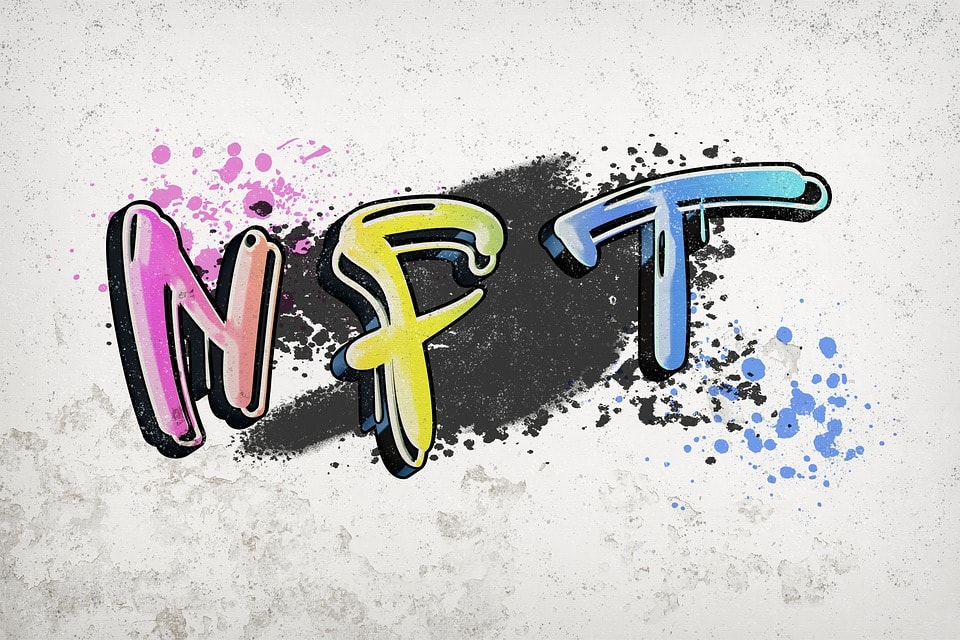
The future of NFTs looks promising, with predictions indicating strong growth:
- By 2034, the NFT market is expected to expand to around $703.47 billion, reflecting a robust upward trend.
- Growth is driven by the filtering out of bad actors, allowing for genuine innovation and maturation of the market.
- NFTs are poised to significantly impact the creator economy.
- They will provide a means to establish ownership within the digital space.
NFTs are also expected to be a cornerstone of Web3 innovation by 2025. The convergence of NFTs and AI is reshaping digital economies, with the metaverse playing an integral role in this transformation. This convergence is likely to enhance the long-term viability and investment potential of NFTs.
Long-Term Viability
The long-term viability of NFTs is bolstered by their predicted growth rate of over 33% from 2022. In 2025, the integration of NFTs with AI is set to reshape digital economies, enhancing their utility and adoption. The metaverse is also integral to this transformation, providing a platform for NFTs to thrive and evolve.
Addressing environmental impact is crucial for the long-term sustainability of NFTs. The transition to more energy-efficient technologies, such as Ethereum’s Proof-of-Stake model, is a significant step in mitigating environmental concerns. These efforts are essential for ensuring the continued growth and acceptance of NFTs in the digital economy.
Innovations to Watch
New projects focusing on community engagement and utility are emerging, shifting the value proposition of NFTs beyond mere collectibles. Generative art NFTs, which attract both artists and collectors with unique styles and features, are gaining traction. These innovations are making waves in the NFT space, enhancing their appeal and investment potential.
Blockchain technology is evolving with layer 2 solutions, which enhance transaction speeds and reduce costs for NFT trading. As more sectors adopt NFTs for real-world applications, the crypto market is seeing an increase in diverse use cases and broader acceptance.
These innovations are shaping the future of NFTs, making them a dynamic and evolving asset class.
Summary
In summary, the NFT market in 2025 is poised for a potential comeback, driven by technological advancements, real-world applications, and increased corporate adoption. Despite the challenges of regulatory hurdles, environmental concerns, and public trust issues, the market shows signs of growth and resilience. Emerging trends such as integration with the metaverse, tokenization of real-world assets, and the evolution of digital art are shaping the future landscape of NFTs.
The future prospects for NFTs are promising, with significant growth expected in the coming years. As the digital economy evolves, NFTs are set to play a pivotal role in reshaping digital ownership and proving the value of digital assets. The continuous innovation and adoption of NFTs in various sectors highlight their long-term viability and investment potential. The journey of NFTs is far from over, and their comeback in 2025 could mark a new era of digital transformation.
Frequently Asked Questions
Are NFTs still relevant in 2025?
NFTs remain relevant in 2025, evolving from speculative investments to practical digital tools utilized in various industries. This shift highlights their growing utility and integration in everyday applications.
What are the main factors driving the resurgence of NFTs in 2025?
The resurgence of NFTs in 2025 is primarily driven by enhanced utility, technological advancements, real-world applications, and increased corporate adoption. These factors are significantly expanding their relevance and appeal in various sectors.
What are the primary challenges facing the NFT market in 2025?
In 2025, the NFT market faces significant challenges, including regulatory hurdles, environmental concerns, and issues surrounding public trust. Addressing these obstacles will be crucial for the market’s growth and sustainability.
How are NFTs being used in real-world applications?
NFTs are effectively utilized in decentralized finance, identity verification, event ticketing, and as digital collectibles, showcasing their versatility across multiple industries. This application of NFTs reflects their growing importance in real-world scenarios.
What is the future outlook for NFTs?
The future outlook for NFTs looks promising, as significant growth and continuous innovation will drive their adoption and utility across various industries.

